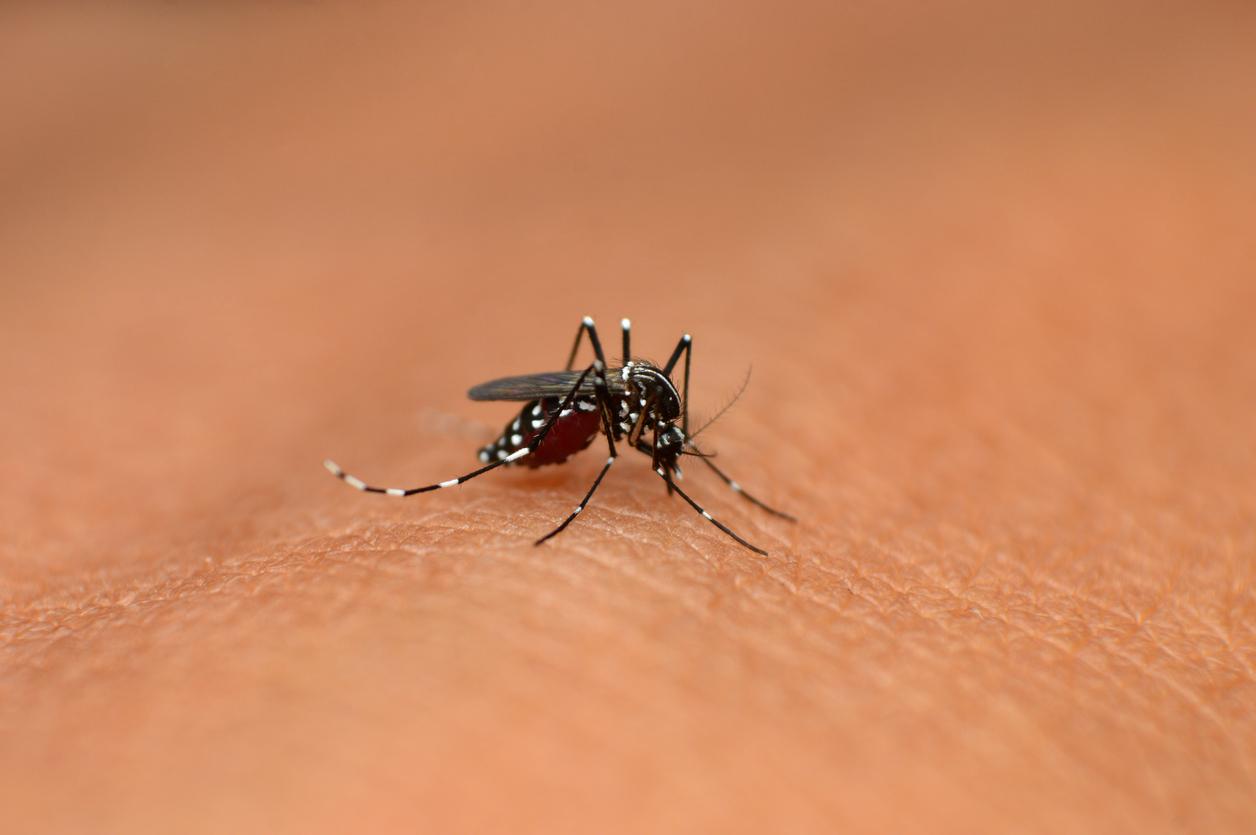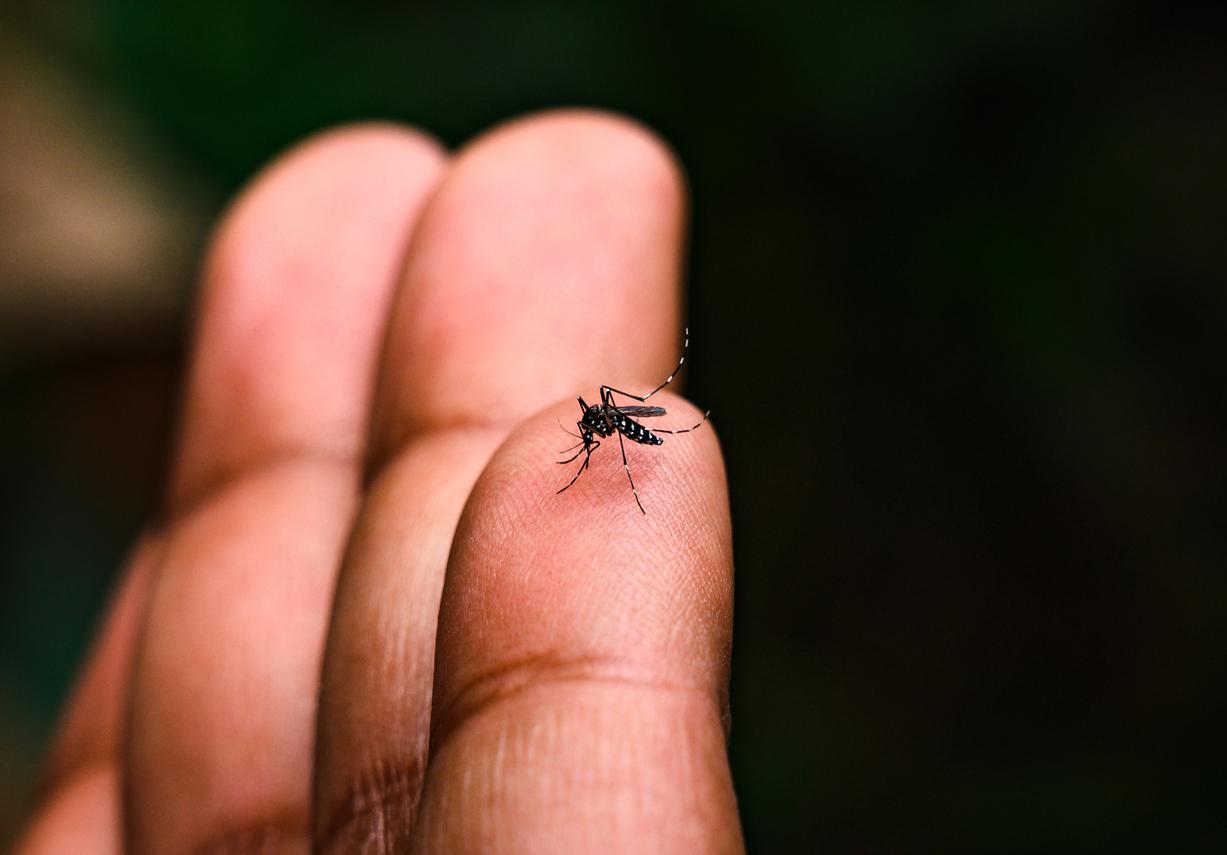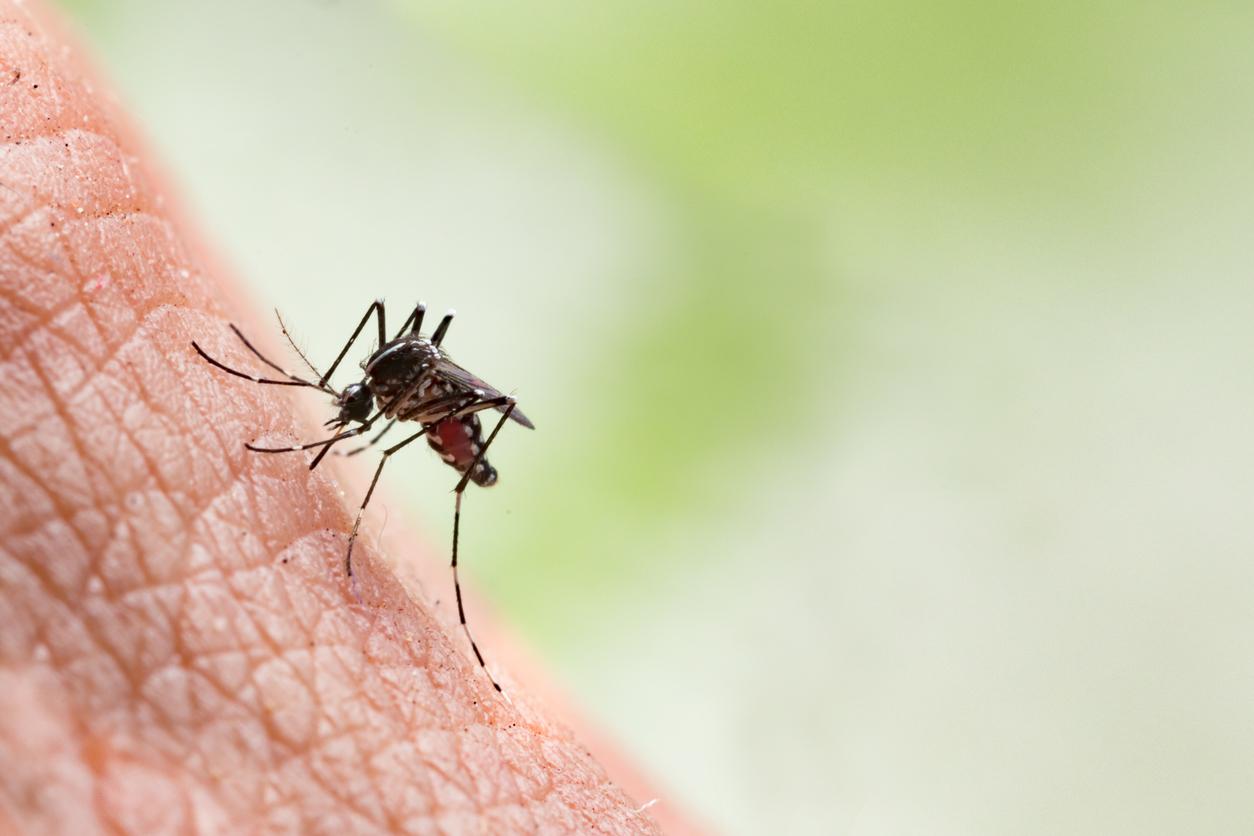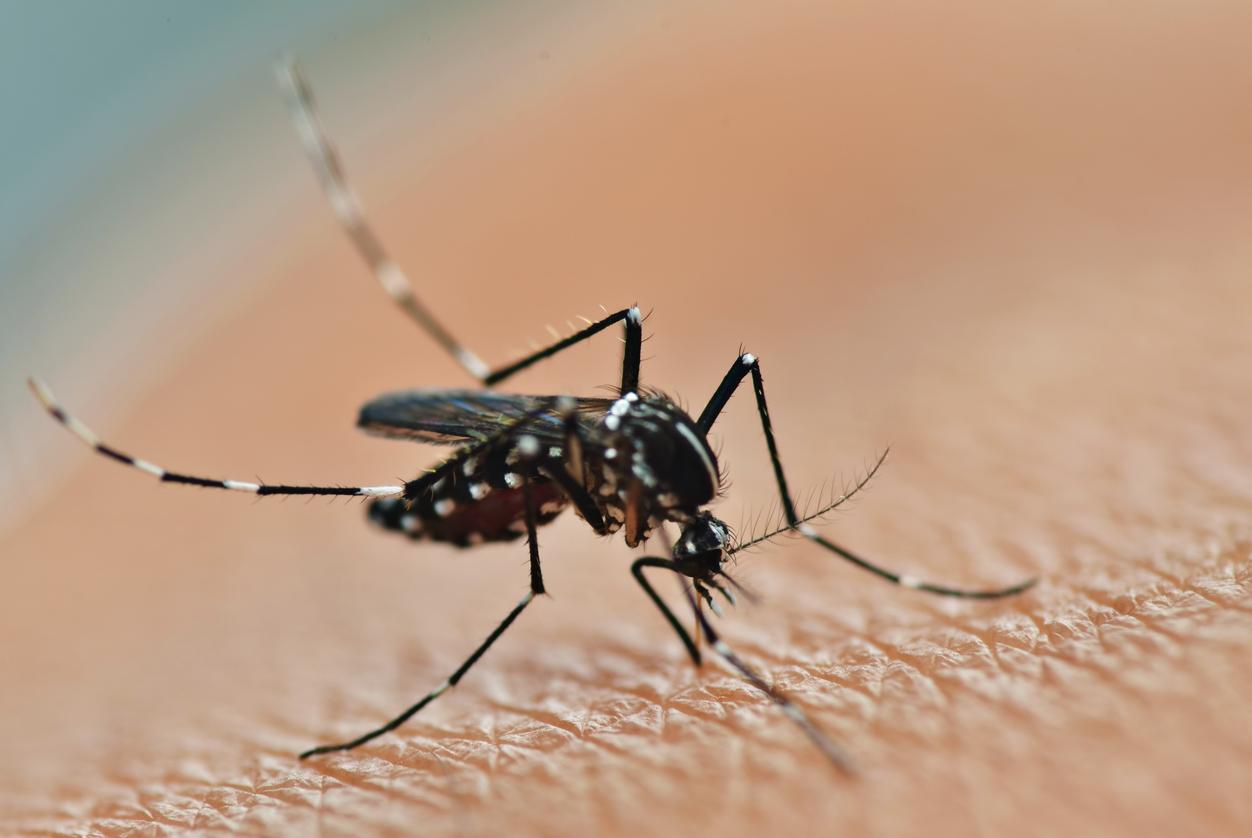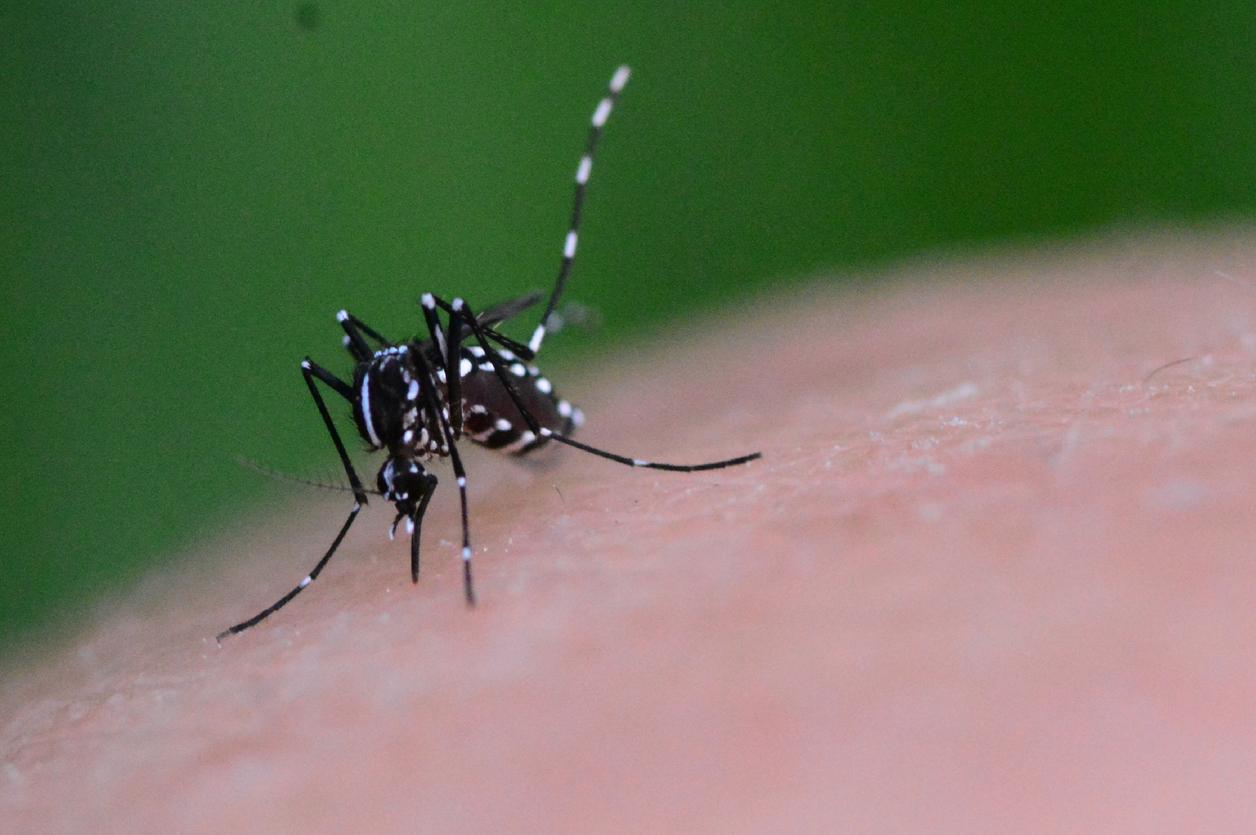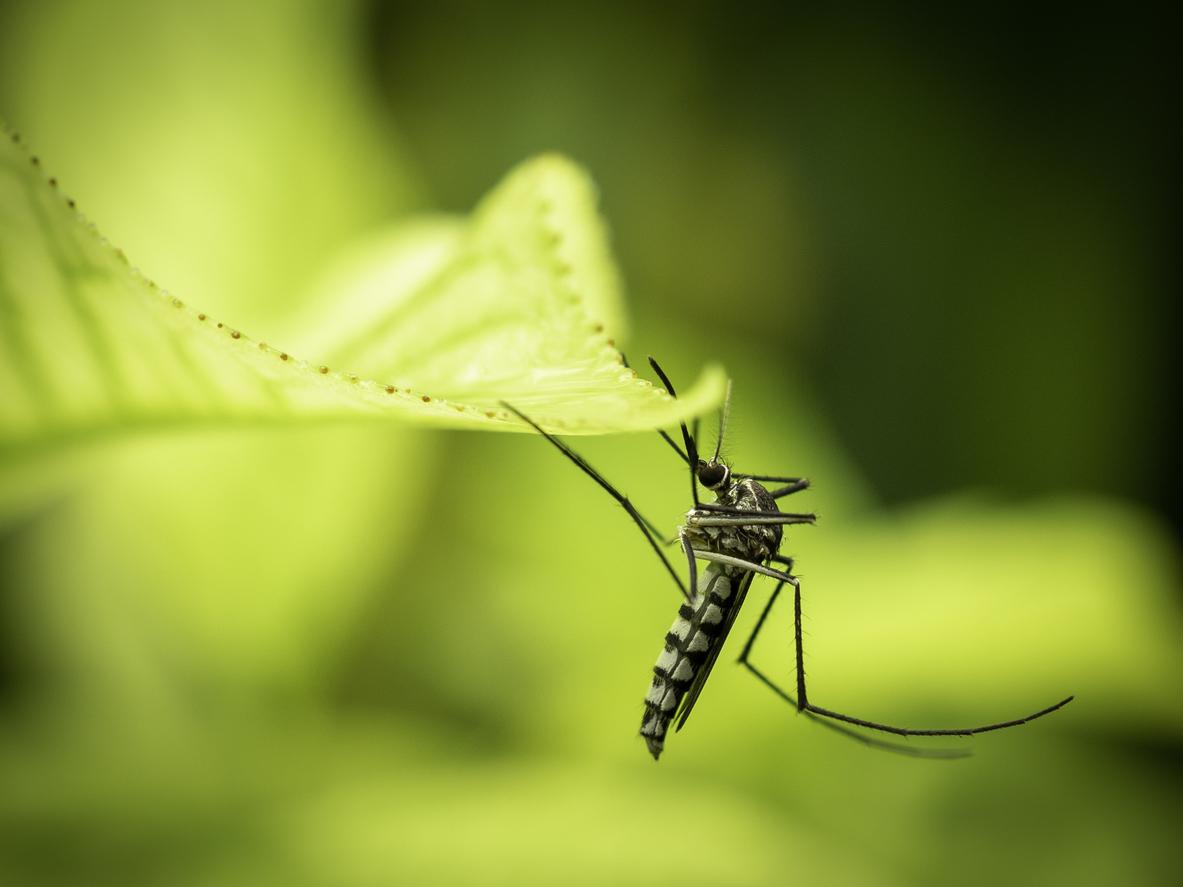The Occitanie Regional Health Agency (ARS) reported two new cases of dengue fever, a disease transmitted by tiger mosquitoes, in Gard.
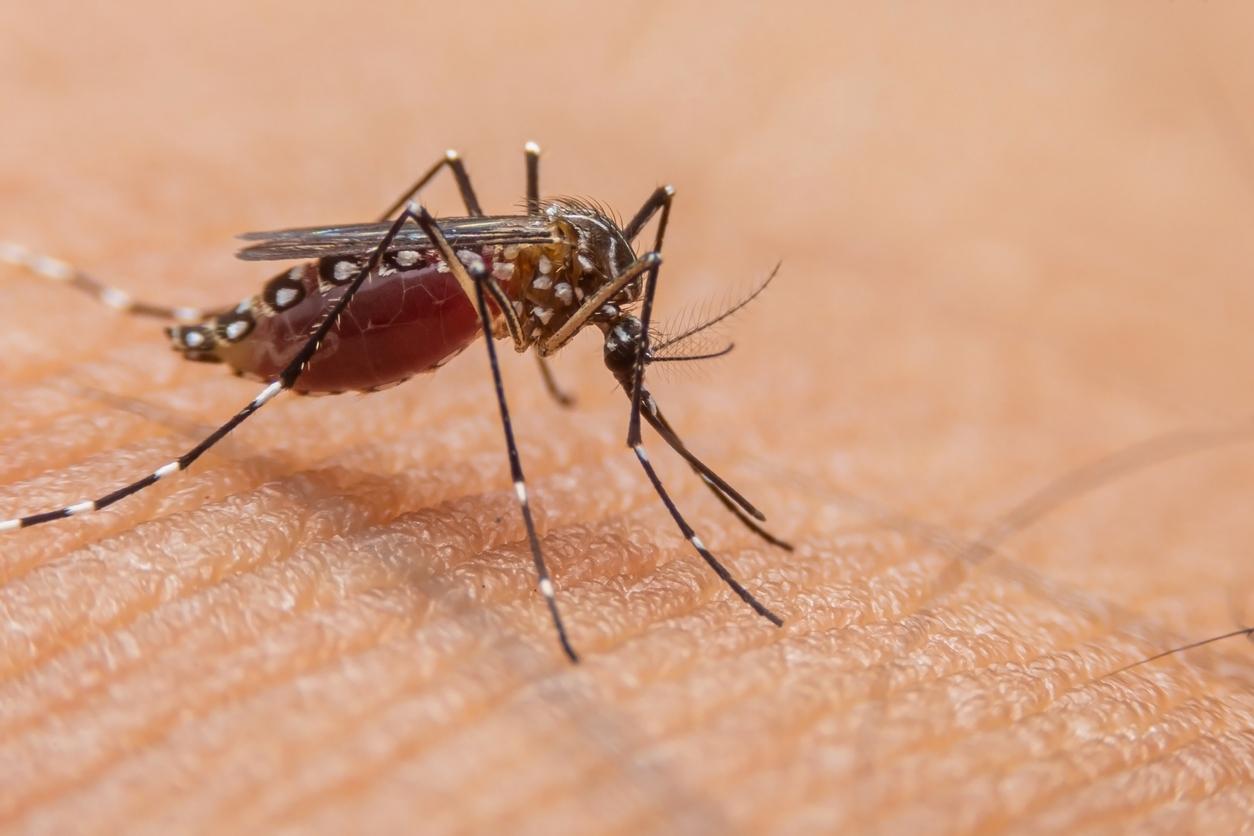
- Since the start of the year, three cases of dengue fever have been detected in Occitania.
- Dengue fever is characterized by high fever, joint pain or severe headache.
- Tiger mosquitoes are the main vectors of dengue fever.
On September 6, the Regional Health Agency (ARS) Occitanie had recorded a first indigenous case of dengue fever in Perpignan (Pyrénées-Orientales). The sick person had been taken care of and “his state of health did not cause concern”, according to the organization. A case is considered “autochthonous” when a person develops the disease without having traveled to an area where the virus circulates in the 15 days preceding the onset of symptoms.
How to recognize dengue?
Around two weeks after this first report, two new cases of dengue fever in people who had not recently traveled to tropical areas were detected in Rochefort du Gard and Gagnières (Gard). In his press release published on September 19, ARS Occitanie called on all people who have visited these two municipalities and presented symptoms suggestive of dengue fever since mid-August to consult their doctor.
Also called “tropical flu”, dengue fever is transmitted to humans through the bite of a tiger mosquito (Aedes albopictus). This viral pathology can result in symptoms similar to those of the flu such as high fever, joint pain or severe headaches. As indicated by the ARS, this pathology is mainly benign, but can be “temporarily disabling”.

Tiger mosquito: preventive operations deployed to combat the spread of dengue fever
After the reporting of these three case of dengue, reinforced prevention measures have been put in place by state services, ARS Occitanie, the National Public Health Agency (ANSP), as well as health professionals in the sector and the operator mosquito control. A targeted mosquito control operation was carried out in particular in the places of residence and passage of people affected by dengue fever, in order to eliminate larval breeding grounds and adult mosquitoes. To identify potential new contaminations and the imported case at the origin of transmission, an active search for cases was also carried out in the vicinity of sick people.









